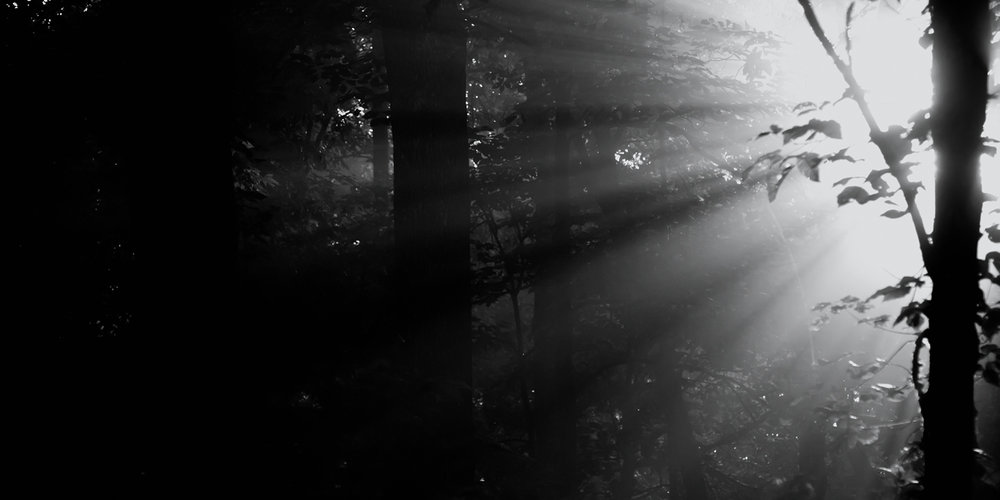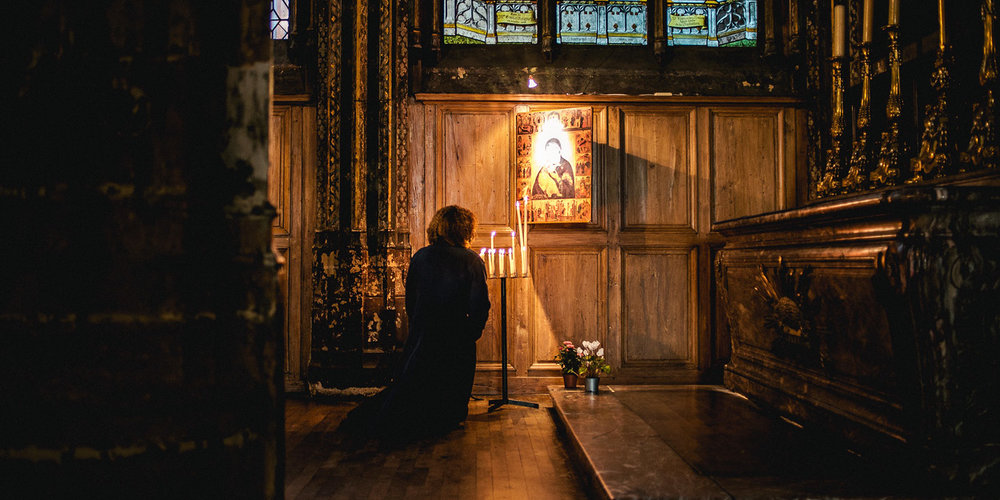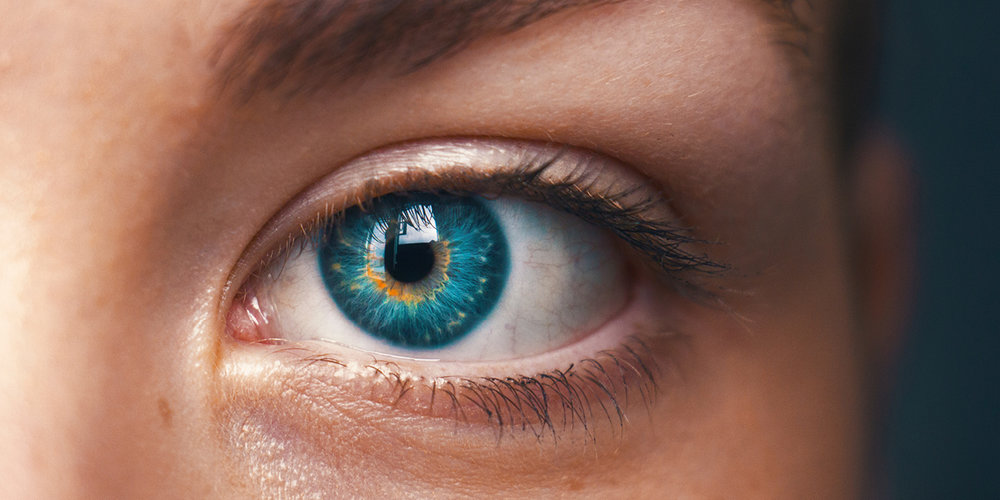There’s not much more depressing than January is there? December in its snow-dusted jolly glory has come and gone, leaving no trace save for a few stale mince pie crumbs and chronic post-Christmas blues. The initial excitement of the New Year has faded, particularly now you’ve realised the decade doesn’t technically end until the end of 2020. The perpetual gloomy grey skies provide the pathetic fallacy for our deepening depression as we finish the fourth dairy milk bar we’ve eaten since declaring January ‘sugar free’ not even a fortnight ago. Welcome to the bleak midwinter.
The gloom of January is not all rooted in it being the follow-up to December; wintertime has detrimental effects on mental health. Many of us suffer with SAD (seasonal affective disorder), myself included. As it gets darker and colder, so do our minds. The reduction in daylight hours affects our moods, quite dramatically for some.
I have melancholic tendencies generally, but managing these in the winter is more difficult. I notice I am less hopeful and glummer during winter; I find it harder to see the positive side in things. Friends of mine I have spoken to on this who do not suffer from SAD still remark that they find it harder to be hopeful in winter. Fortunately, being this side of December 21st, the days will progressively start to get longer and lighter. As they do, in general, moods too will be lightened.
So why do the darker mornings and dampened nights darken our spirits? Why is the dark desolate, and detrimental for our wellbeing?
There is something supernatural about light: its beauty, and the way it captures the heart and stirs the imagination. Be it a scintilla of luminescence as the day closes or a blinding beam of brilliance, the light draws us to it. This is why we use the language of light and dark when we are talking about spiritual matters and revelations. For instance, we speak of ‘enlightenment’ to refer to a revelation of some kind, often spiritual, and we use the phrase ‘bringing it into the light’ to speak of truth being revealed.
This suggests that our relationship to light, and our desire for it, seems to go far beyond mere physiological need. There are pills that do the job the sun does with the vitamin D conversion in our bodies, but the way we romanticise light supersedes our biological need for UV rays. It seems to be related to something deeper, more spiritual perhaps.
The rest of the year we may be able to ignore this prickling feeling of depression, but in the winter months we tend to stay home more often, leaving more time to be alone with our thoughts. It is then that we become more aware of the darkness within us. The skeletal trees evoke the transience of life; we are reminded that we all shall fade away. I think we crave the light in January because the dark days betray the darkness we feel inside and around us. It is solemn and sombre, and subconsciously reminiscent of death.
But as the morning follows the night, spring follows the winter, and light returns. As light physically brings clarity through allowing vision, the longer and lighter days sharpen our judgement, and the effects of SAD relinquish their grip. In the spring many of us feel renewed hope. Feet that were dragged through the winter begin to skip. Okay, I exaggerate, but there is a change of atmosphere.
This renewed hope as the spring arrives, and the lack of it in the darker months, merely reflects the reality of what we all feel. If our desire for light goes deeper than our fleshly need for the sun, could it be we seek after the light because we want the hope of spring? But not just for a season – for the whole of our lives.
As a Christian, this is the explanation for my SAD that makes the most sense to me. I desire revelation and clarity, but I also desperately need hope. Indeed, light is a common theme in the Christian faith: God is continually described in the Bible as light, and we are told that his first act was separating light from darkness when he created the world. More than that, the Bible tells us we can have hope because God has ‘brought us out of darkness and into his marvellous light.’ In many ways the transition from the darkness of winter, and the hopefulness of spring, represents the change that happened in me when I became a Christian.
Although I still struggle with SAD, I know there is light for me in the winter months. I believe that God, who is light, has overcome the deepest darkness in and around me. I can make it through January and through any season, literal and metaphorical, through clinging to a God who dispels all darkness. Each new day, created by him, is a recurring reminder that darkness does not last and that joy comes in the morning.





